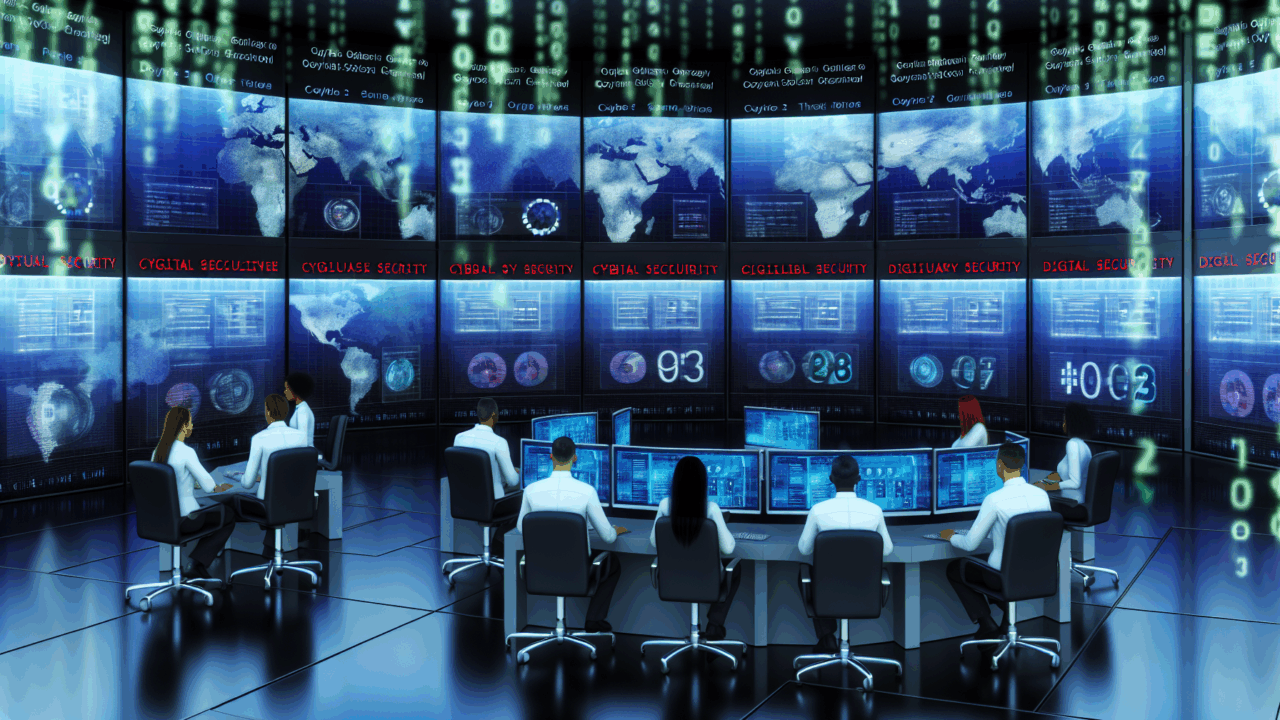In the face of increasing cyber threats, understanding the trends and challenges posed by evolving cybersecurity dynamics is crucial for today’s professionals.
The Silence After a Storm: Navigating Post-Breach Pressures
Once a data breach unfolds, organizations often face a critical decision: to disclose or to stay silent. Choosing silence can be detrimental, fostering distrust among consumers and stakeholders. The immediate aftermath of a breach is when affected parties require assurance and transparency to rebuild confidence. Silence not only worsens reputational damage but can also lead to heavier regulatory fines when the truth surfaces.
Furthermore, transparency post-breach benefits the broader cybersecurity community. Sharing information about vulnerabilities exploited or tactics used by attackers helps in strengthening collective defense. It encourages a culture of learning and adaptability, which is vital given the dynamic nature of cyber threats. Essentially, effective post-breach responses and open communication can transform a cybersecurity failure into a stepping stone for industry-wide resilience.
- Transparency maintains customer trust and can mitigate reputational harm.
- Openness contributes to collective cyber defense by sharing lessons learned.
- Avoiding disclosure is often a short-term fix with long-term consequences, including regulatory penalties.
Bridging the Divide: Leadership and Frontline Cybersecurity
The communication gap between organizational leaders and IT security professionals can cripple cyber defense strategies. Effective cybersecurity demands that decision-makers truly comprehend the technical complexities and the real-world implications of threats. On the frontline, IT security teams often witness the immediate effects of cybersecurity policies—or the lack thereof. Without fluent dialogue:
- Leaders may underestimate risks, leading to insufficient investment in necessary defenses.
- Frontline professionals may become disillusioned or burn out, given that their concerns and recommendations might be sidelined or misunderstood.
- Innovative solutions might not be appropriately scaled or deployed, as a result of a mismatch between executive visions and technical realities.
Organizations must foster environments where knowledge flows bidirectionally, ensuring that executives have a real-time pulse on the cyber landscape, and that security experts are empowered to influence cybersecurity policies and procedures directly.
Expanding Boundaries: The Growth of Enterprise Attack Surfaces
The attack surface of modern enterprises continues to grow for several reasons. The proliferation of Internet of Things (IoT) devices has dramatically increased the number of network endpoints. Moreover, the widespread adoption of cloud computing resources has dispersed enterprise data across multiple platforms, complicating the task of defending it.
With remote work becoming the new norm, personal devices often connect to corporate networks, blurring the lines of traditional security perimeters and creating more entry points for attackers. Added to this mix are API integrations that, while facilitating interconnectivity and business agility, also present additional vectors for cyber-attacks.
This evolution presents complex challenges for existing security measures, which now need to be more dynamic and encompassing. Enterprises must continuously adapt their cybersecurity strategies, balancing the need for both robust defense mechanisms and business innovation. Traditional defense-in-depth approaches are evolving towards a more holistic zero-trust model, which assumes breach and verifies each request as if it originates from an open network. Meanwhile, adopting continuous monitoring and automated response systems has become essential, as it is no longer feasible to manually handle the vast number of security events on these expanding attack surfaces.
- Increased IoT device connectivity
- Cloud computing vulnerabilities
- Remote work and personal device risks
- API-related security challenges
- Shift towards zero-trust security models
- Importance of continuous monitoring and automation
AI’s Double-Edged Sword: Realities Versus Misperceptions
- One prevailing misperception is that AI acts as an omnipotent sentinel, capable of automatically detecting and neutralizing all cyber threats. In reality, while AI enhances threat detection, it still requires human intelligence for complex decision-making processes.
- The overestimation of AI’s abilities may lead organizations to a false sense of security, thereby neglecting vital human-led processes like staff training and incident response planning.
- Conversely, a misconception that AI can supplant human jobs in cybersecurity fosters unnecessary resistance to AI integration, impeding the development of collaborative human-AI defense strategies.
- Furthermore, the belief that AI is infallible overlooks the potential for adversarial AI attacks, which exploit machine learning systems to bypass defenses or to craft nuanced phishing campaigns.
- It is essential that cybersecurity strategies strike a balance, leveraging AI for its strengths in identifying patterns and anomalies, while also investing in upskilling the workforce to handle the nuanced challenges that AI cannot address alone.
Conclusions
Securing the digital frontier in 2025 requires a synchronized effort between leadership and IT teams, innovative defenses, and candid discussions post-breach.
Source: https://thehackernews.com/2025/10/2025-cybersecurity-reality-check.html
